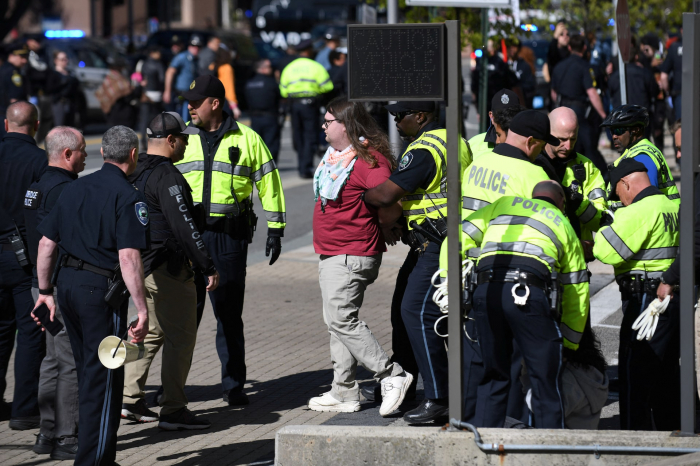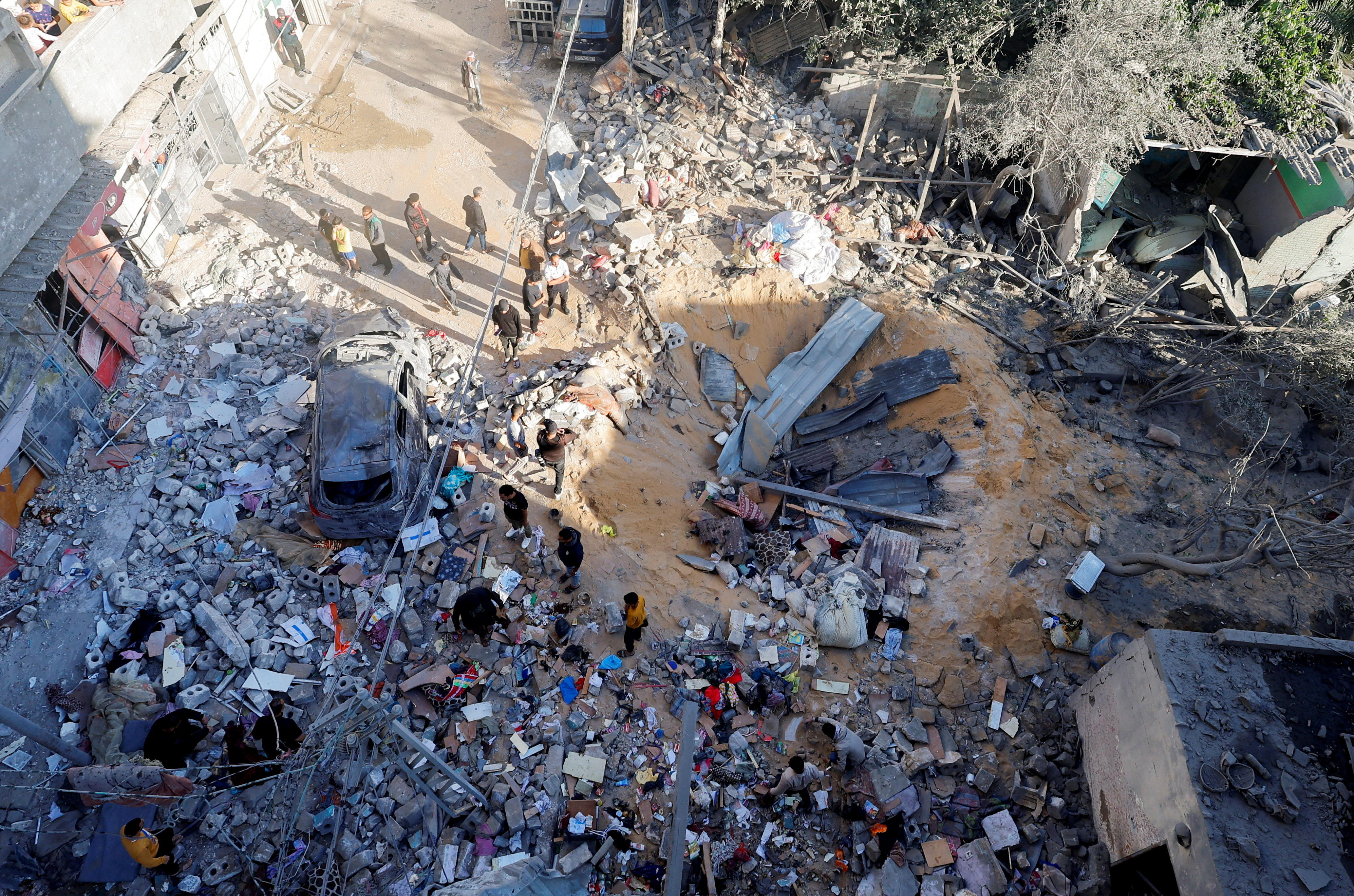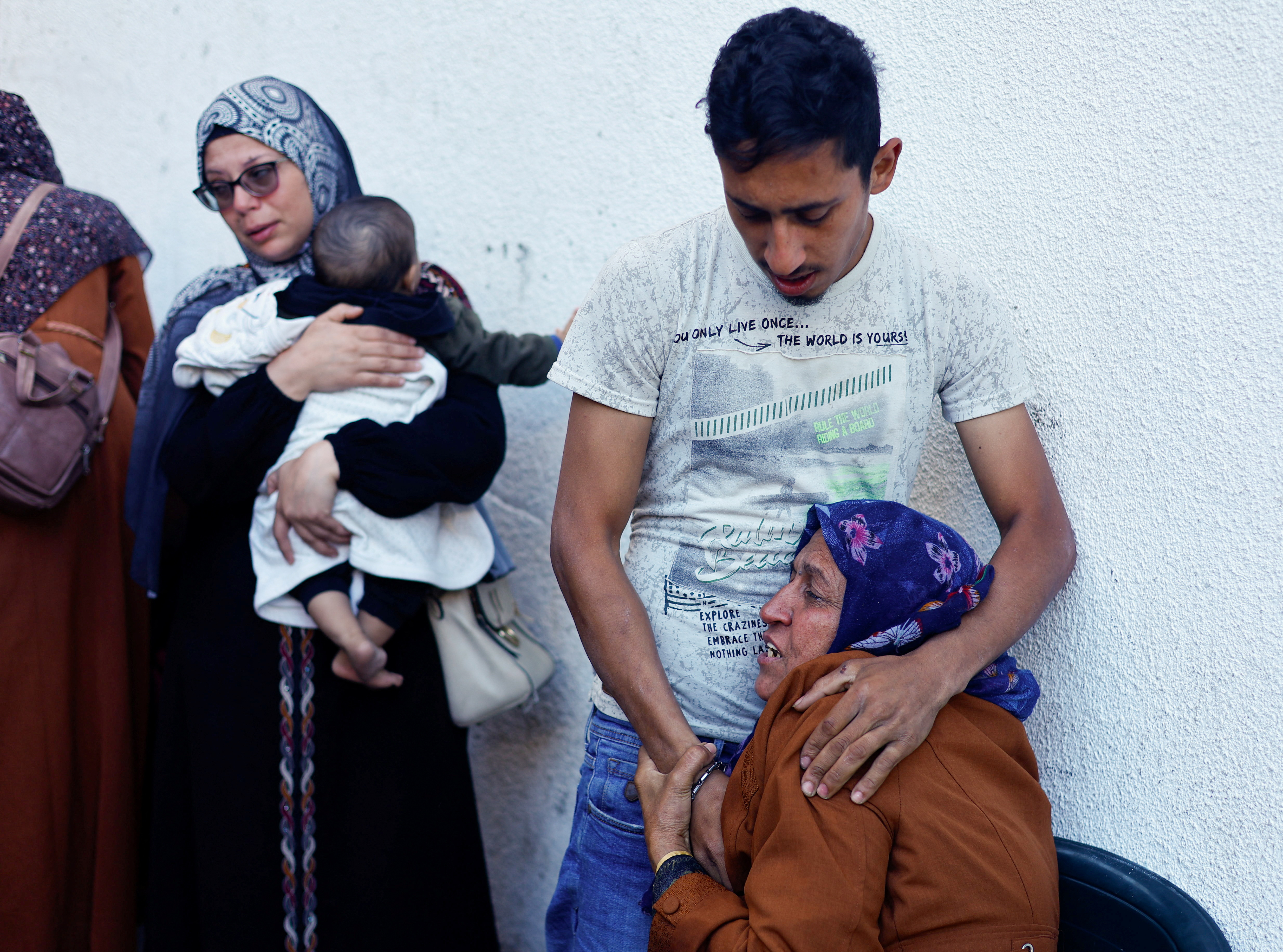
Citing a sense of safety among its 400,000 employees, Target will not offer its collection of Pride-related products at all of its retail stores.
May 10 (UPI) -- Citing threats affecting a sense of safety among its 400,000 employees, Target will not offer its collection of Pride-related products at all of its retail stores.
The Minnesota-based discount retail chain said in a statement issued Friday it will still participate in Pride Month festivities in June, but is making the move to reduce the availability of its assortment of products aimed at celebrating Pride Month because of safety.
"Since introducing this year's collection, we've experienced threats impacting our team members' sense of safety and well-being while at work," Target said in the statement.
"Given these volatile circumstances, we are making adjustments to our plans, including removing items that have been at the center of the most significant confrontational behavior. Our focus now is on moving forward with our continuing commitment to the LGBTQIA+ community and standing with them as we celebrate Pride Month and throughout the year."
TikTok to sue U.S. over possible First Amendment violation in app's recent 'ban'
Biden praises Presidential Medal of Freedom winners for promoting 'faith in better tomorrow'
Survey of LGBTQ+ youth shows higher risk of suicide, need for support
In a separate statement, Target said the decision about which stores will offer its Pride product line would be "based on historical sales performance."
The retailer added its Pride+ Business Council will continue to host internal events and experiences for interested team members. Target has a long history of supporting LGBTQ+ initiatives and will once again participate in Pride events in its hometown of Minneapoli
Target was founded in 1902 and operates approximately 1,956 stores in the United States.
The company has faced criticism in the past for its LGBTQ+ merchandise.
Conservative activist groups have threatened employees in some locations and organized boycotts because of LGBTQ+ displays in stores, leading to Friday's news.
Last year, Republican governors from Indiana, Arkansas, Idaho, Kentucky, Mississippi, Missouri and South Carolina also spoke out against Target's support of an organization that works to end bullying in schools based on sexual and gender identity.
The governors also suggested Target's Pride month clothes and merchandise might violate child protection laws in their states.
























